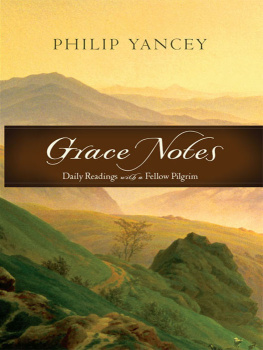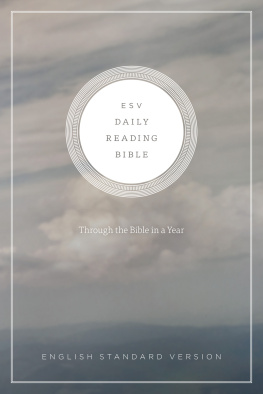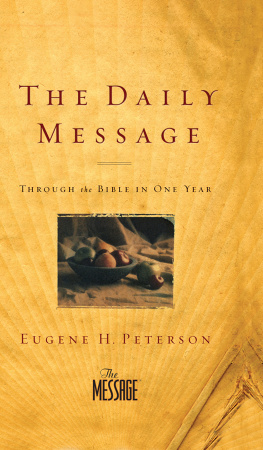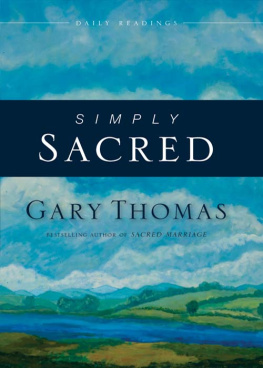
COLIN GILBERT
DYLAN GILBERT
ELIZABETH T. GILBERT
GABRIEL GUZMAN
REBECCA J. RAZO
SHARON ROBINSON
AMY RUNYEN
DAVID J. SCHMIDT

Walter Foster Publishing, Inc.
3 Wrigley, Suite A
Irvine, CA 92618
USA
www.walterfoster.com
ISBN-13: 978-1-60058-131-1
ISBN-10: 1-60058-131-5
Digital edition: 978-1-6167-3701-6
Softcover edition: 978-1-6005-8131-1
Authors: Colin Gilbert, Dylan Gilbert, Elizabeth T. Gilbert, Gabriel Guzman,
Rebecca J. Razo, Sharon Robinson, Amy Runyen, and David J. Schmidt
Copyeditors: Meghan ODell and Sandy Phan
Designer: Shelley Baugh
Production Artist: Debbie Aiken
Production Manager: Nicole Szawlowski
2009, 2012 Walter Foster Publishing, Inc.
All rights reserved. No part of this publication may be reproduced, stored in
a retrieval system, or transmitted in any form or by any means, electronic,
mechanical, photocopying, recording, or otherwise, without written consent
from Walter Foster Publishing.
Printed in China.
10 9 8 7
Every reasonable effort has been made to contact the copyright holders of all material reproduced
in this book. Any omissions are inadvertent, and we would be happy to make any necessary changes
to future printings.
The content of websites mentioned in this book is subject to change. All websites listed in this book
are not connected to Walter Foster. Accessing these websites is at the risk of the reader.
Introductions
How can you capture everything about the world of art in a single book? The answer is simple: You cant. Art is an incredibly broad and ever-changing field, and it would be silly for us to think we could fit it all into one little book. The definition of art itself is so elusive that people have been arguing about it for thousands of years with no consensus in sight. (See for more on what is art? Its okayyou can skip around a bit if you like.)
With respect for the art worlds enormous scope, weve slimmed down our subject matter to touch mainly on the visual arts, highlighting ideas, events, and personalities that we feel are important to understanding the big picture of art and its fluid boundaries. Whether your goal is to build on a previously under-nurtured interest in art, freshen up your existing knowledge, or gain inspiration to create your own artwork, youre sure to find value in the pages that follow.
Weve organized the content of this book into ten categories that span the range of art: Art 101, Philosophy of Art, Art Through the Ages, Profiles in Art, A Pictures Worth 1000 200 Words, Art from the Inside Out, Art Around the World, Unexpected Art Forms, Artistic Oddities, and Step-by-Step Exercises. In that order, the ten categories will rotate throughout the year, bringing you a variety of unique voices to guide you on your journey. If all goes well, youll receive a full years worth of education and entertainment! But, before you jump ahead to Day 1, read the following pages to get a sense of the year to come as the author of each category states his or her intentions.
ART 101 WITH ELIZABETH T. GILBERT

For some people, art is a luxury to be enjoyed as decoration or pursued as a hobby. For others, art is essential, quenching a thirst for expression in a way no other outlet can. Regardless of the function art serves for us, we could all use a little more of it in our lives than we usually allow.
Art 101 isnt just for readers whose intention is to become an artist. Many of the terms and theories in this category are also significant for art lovers desiring a framework from which they can view and discuss art. Interpreting, savoring, and sharing thoughts about art are all made easiest when equipped with the fundamental knowledge and pertinent vocabulary that follows.
But to satisfy those who do want to try their hand at art, I also cover the basics of drawing and painting, introducing you to a handful of media and techniques. My goal is not to load you with intimidating details or instructions, but rather to provide a springboard for artistic experimentation. You never knowwith the help of these readings, some of you might just make the leap from art lover to artist. ETG
PHILOSOPHY OF ART WITH COLIN GILBERT

The universe of art is nebulous in nature, occupying an unruly landscape where passionate revolution is always blurring the boundaries of what is tasteful and acceptable. Ever since humankind first became aware of its predicament and naturally overwhelmed by it, people have needed an outlet for their thoughts and emotions. Thus, art exists as a vehicle for expression. The branches of its evolution have continued to blossom in unexpected ways, dividing exponentially over time and reaching across every continent.
Analyzing art as an abstract concept is one of the most intriguing of all philosophical pursuits, but also one of the most maddening. You know the people who cant decide whether falling trees make sounds? Well, imagine the same people trying to agree on the value of art or the essence of beauty. Its not going to be a pretty picture... Or maybe it will be pretty to some but not others. Perhaps the perception of beauty is different for each individual... Are you starting to get a sense of what youre in for?
Our focus in these pages will be on breadth rather than depth, touching on many different topics and thereby giving you a chance to see what naturally engages your curiosity. Ideally, you will discover new areas of interest and explore them independently in the future. Since these philosophers ideas have a timeless relevance to our world, worthy of modern interpretation, well speak of them in the present tense. CKG
ART THROUGH THE AGES WITH AMY RUNYEN

Why read about art history? What do we gain from knowing when and how a movement, -ism, or era came about, and why it is important? Well, beyond its entertainment value, art history informs us about human historynot just about what fashions people used to sport, but how people used to think. Art history can be the compass that guides us on artistic journeys. Understanding what came before helps prevent us from walking in circles (although that could technically be considered performance art). Art is more than a record of events and lives past; it is an existential cry and a testament to the creative human spirit. Each time new art is created, another spoke is added in the ever-turning wheel of art history.
From Paleolithic cave painting to contemporary electronic media, these selected writings are an overview of some of the most influential eras in art history primarily from the Western world, along with a few often overlooked but relevant movements. It is my sincere hope that you will enjoy them and build a deeper appreciation for this wondrous and living entity we call art. ARR
PROFILES IN ART WITH REBECCA J. RAZO
















